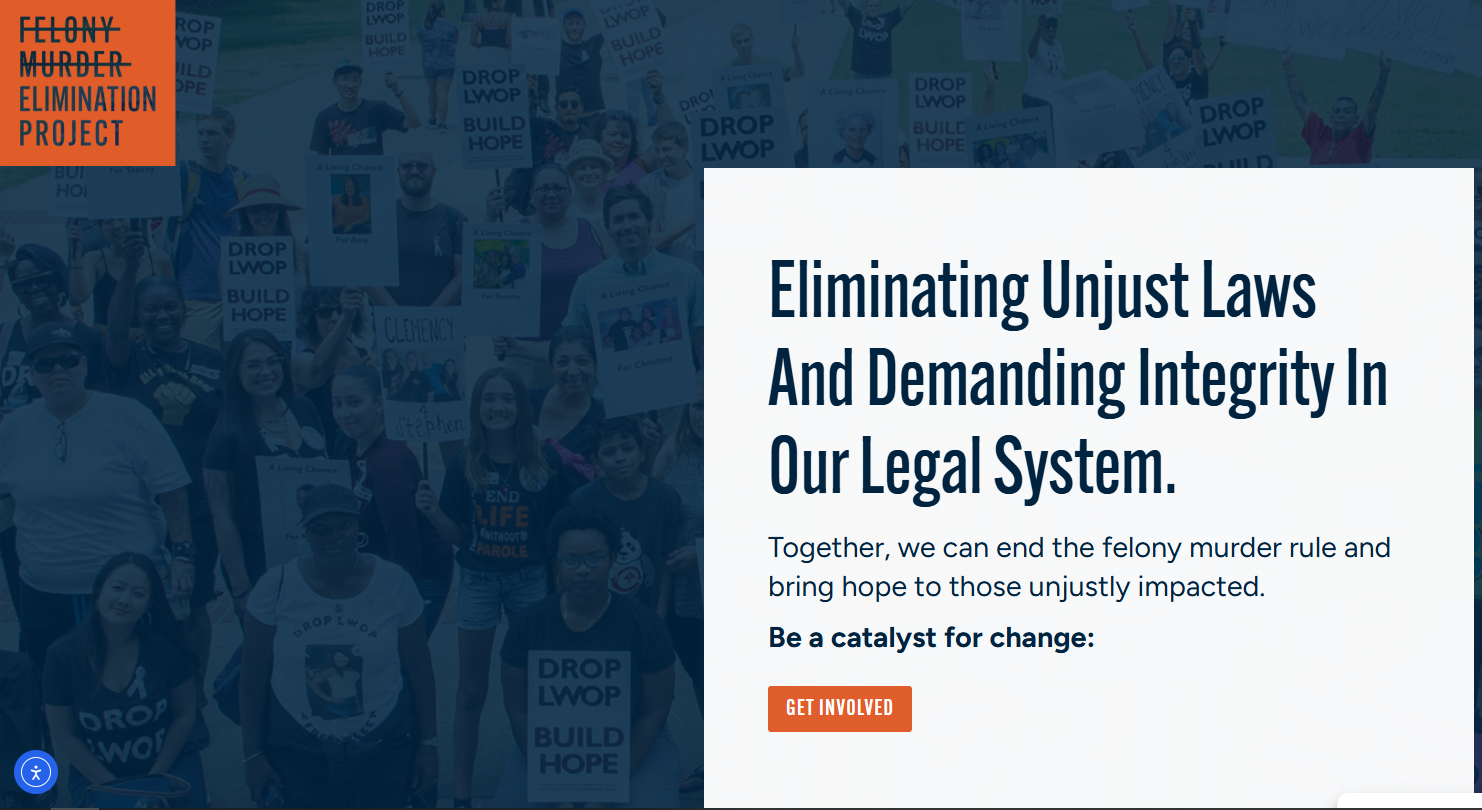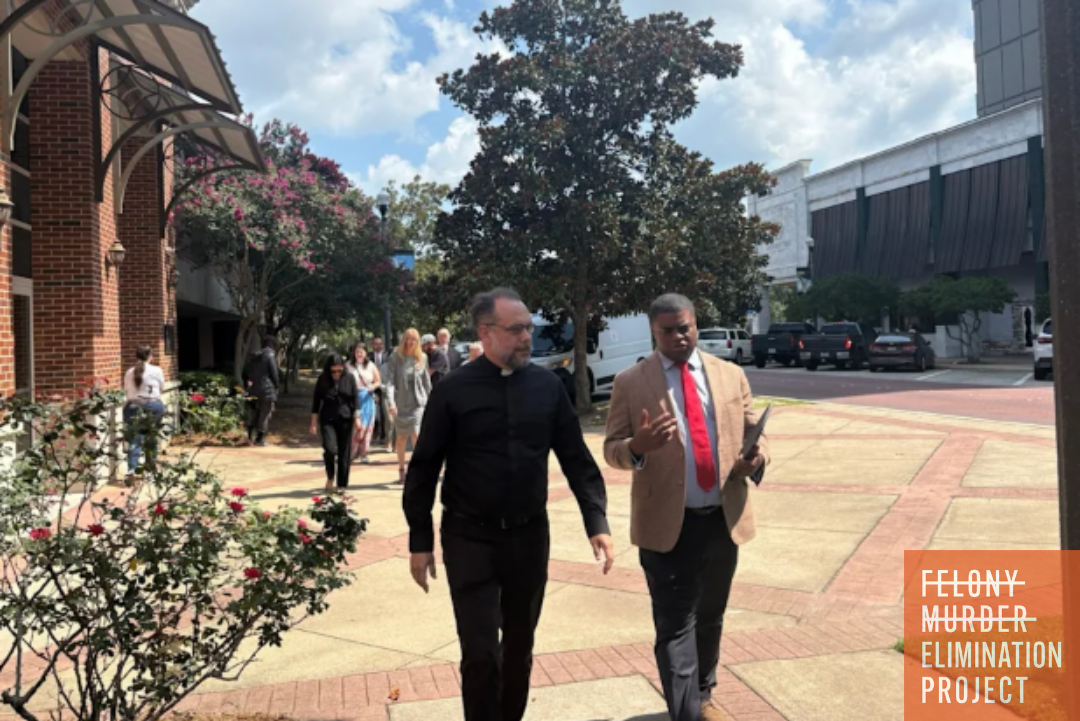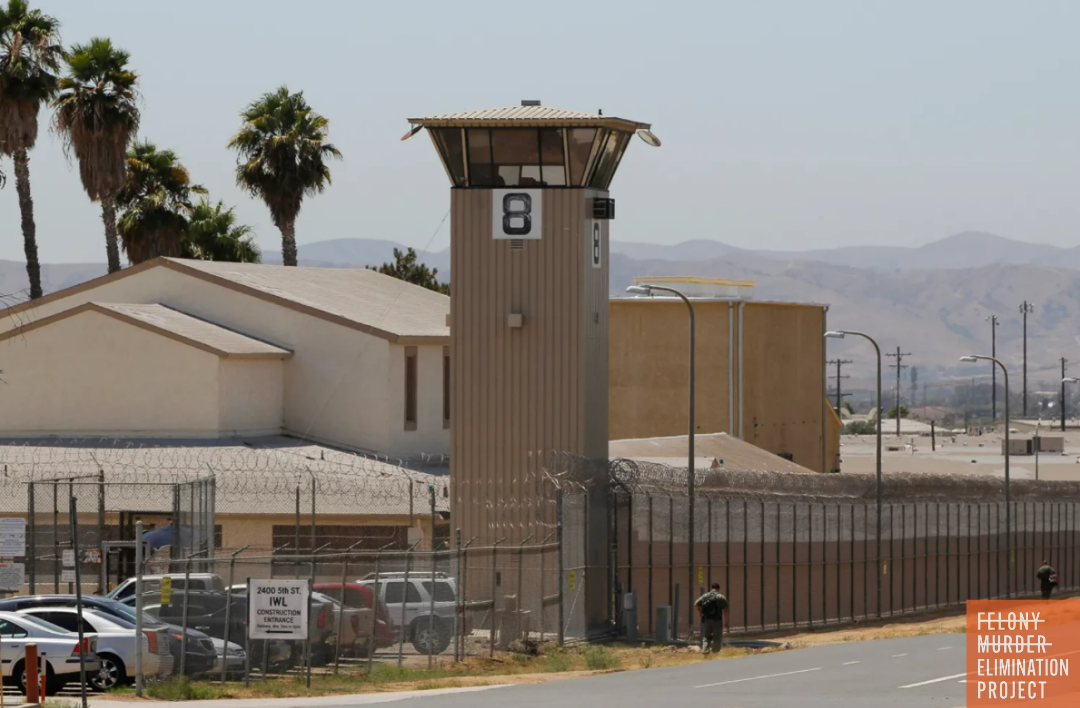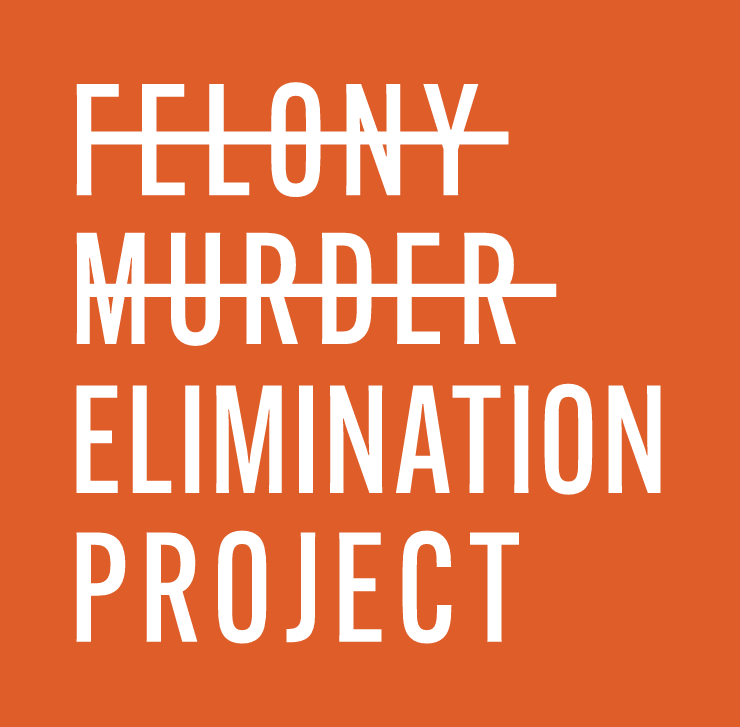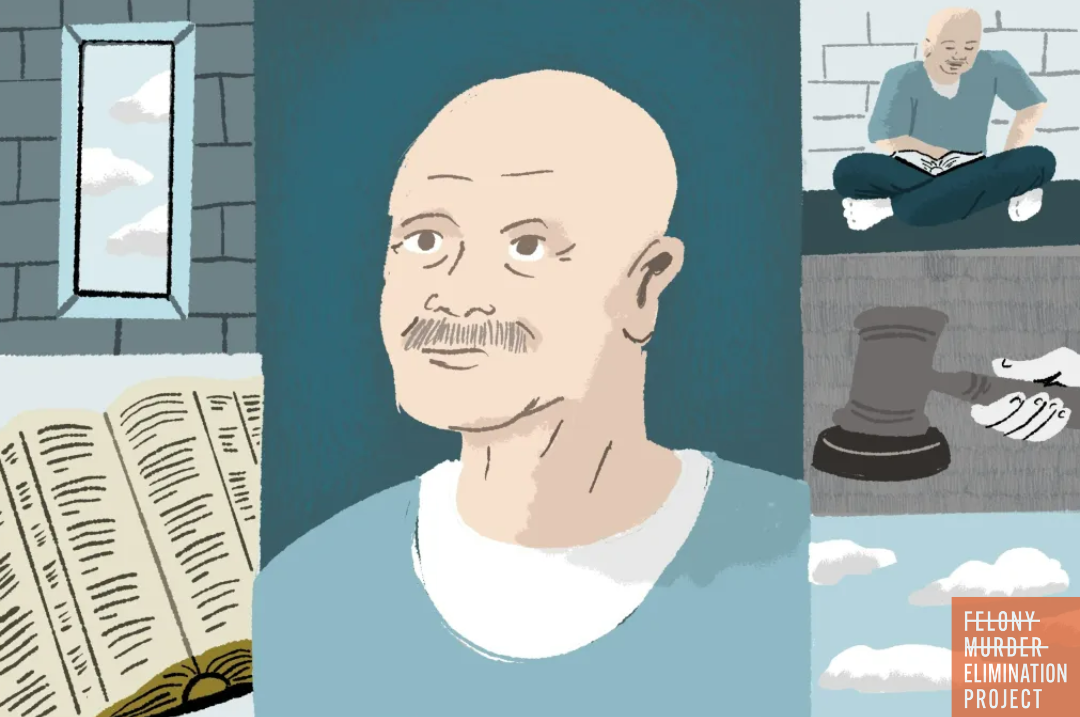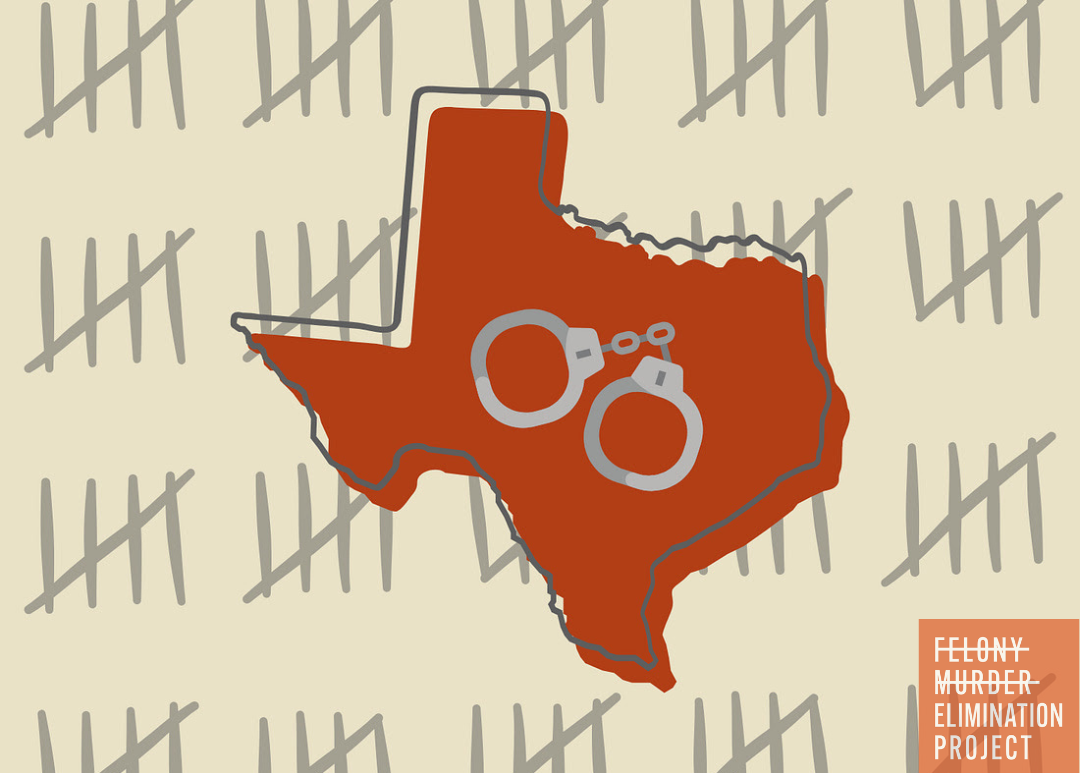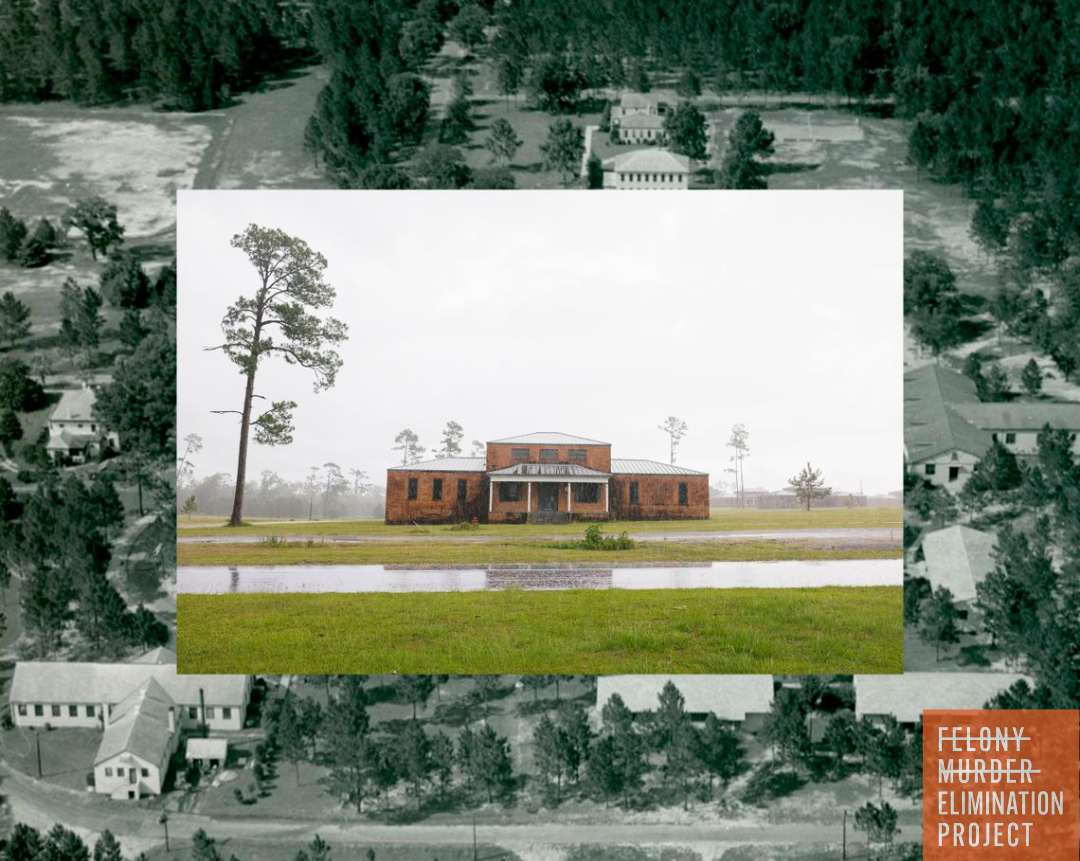FMEP Statement Regarding People V. Hardin LWOP Case
California Supreme Court rules young adults ages 18-26 convicted of murder can be sentenced to life in prison without the possibility of parole

Young adults ages 18-26 convicted of murder can be sentenced to life in prison without the possibility of parole, the California Supreme Court ruled in a 5-2 decision Monday, rejecting arguments that they should be considered for parole decades later after becoming more mature and less impulsive.
Writing in dissent of the People V. Hardin decision, Justices Goodwin Liu and Kelli Evans noted that more than three-quarters of the 3,000 prisoners now serving life-without-parole sentences in California are either Black or Hispanic, Evans said the 2013 state law that the court upheld “embodies racial bias that has plagued our criminal and juvenile justice systems since their inception.” She urged the Legislature to change the law.
In unified agreement with the sentiments of the Drop LWOP Coalition as a whole, Felony Murder Elimination Project releases the following statement concerning the decision.
Dear Family,
We echo the sentiments of the Drop LWOP coalition in response to the recent ruling in People V Hardin:
After much anticipation, a disappointing ruling has been issued in the case of People v. Hardin. In this case, the court considered whether the exclusion of people serving life without parole (LWOP) from youth offender parole hearings violates the Equal Protection Clause of the Fourteenth Amendment. After an incredible effort by attorneys representing Mr. Hardin and many others who submitted amicus briefs in support of his case, the Court decided not to rectify this glaring inequity impacting those sentenced to LWOP for offenses committed between the ages of 18 and 26.
The Hardin case was sent to the California Supreme Court because the lower court found that there is “no rational basis” for the distinction between those sentenced to 25 years to life and those sentenced to LWOP for crimes committed when they were under 26 years old. The purpose of youth offender laws is to account for profound differences in brain development between youths and adults. People serving LWOP for offenses that occurred as youth are no different than any other group of people within the prison system - so youth offender laws should apply equally to them as well.
Unfortunately, the California Supreme Court did not agree with this perspective, voting 5-2 that it was not an equal protection violation to deny the opportunity of youth offender parole to people sentenced to LWOP for crimes committed under age 26. Ultimately, the court deferred to the legislature to fix this problem.
Two justices, Evans and Liu, disagreed with this decision and wrote dissenting opinions that were nearly 70 pages long. Justice Evans stated that the exclusion “lacks rationality” and “perpetuates extreme racial disparities plaguing our juvenile and criminal justice systems.” Her closing remarks were particularly important: “This case calls on us to correct the legacy of casting Black and Brown youth as predatory, remorseless, and irredeemable, older than they are, and treated differently from White youth. The equal protection clause demands that lawmakers extend the mercy, dignity and grace embodied in the youthful offender parole eligibility scheme to all youth—regardless of the crimes of which they were convicted. As a class, they all are less morally culpable and are more likely to become rehabilitated based on accepted scientific evidence regarding adolescent brain development. The majority has avoided this heed with the hollow promise of another day. I urge the Legislature to correct itself by ridding section 3051 of the LWOP exclusion and extending youth offender parole eligibility to all individuals who were convicted in their youth.” Over 60% of people sentenced to LWOP in California were 25 or under at the time of their offense, and over 68% of those serving LWOP are Black and Brown.
The Hardin opinion is not what we hoped for. But the fight to end LWOP and death-by-incarceration sentences is growing in California, the country and the world—the courts, the legislature, the media, through community-based organizations, and on the international stage, where the United Nations recently urged the United States to place a moratorium on LWOP and make all sentences parole-eligible,” said Kelly Savage-Rodriguez, a coordinator of the Drop LWOP coalition. In Massachusetts this January, the state Supreme Court ruled that LWOP violates the MA constitution entirely for anyone under the age of 21, meaning all LWOP sentences will be changed to allow for parole eligibility. “Second look” and compassionate release bills continue to gain momentum across the country, including here in California where we are doubling down on our efforts to pass Senate Bill 94. The Hardin opinion has little effect on most of these efforts: it is a bump on the road to ultimately ending LWOP for all.
The Hardin decision is based on an arcane, out-of-touch law and a very narrow, highly legalistic issue that has nothing to do with whether LWOP is right or wrong,” said Elizabeth Calvin, senior advocate with Human Rights Watch. “While the court’s decision ignores the harms of LWOP and the racism on which the US criminal legal system is built, this opinion is not going to slow down our efforts to end LWOP, whether in the courts or legislature. The movement to stop death by incarceration has never been stronger.
When people sentenced to death refuse to give up hope and earn their way home against all odds, all of society benefits from their transformative success stories of community service, mentorship, and violence prevention—which are well documented in Human Rights Watch’s report, “I Just Want to Give Back: The Reintegration of People Sentenced to Life Without Parole.” The report focused on the lives of over 110 people who had LWOP, but were unexpectedly paroled due to a change in law or commutation. The recidivism rate of people coming home from LWOP sentences is nearly 0%.
"I was sentenced to die in prison with an LWOP sentence and the judge granted me mercy, I was 26 years old at the time of my crime,” said Joseph Bell, an advocate with Drop LWOP and Human Rights Watch and a founding member of the National LWOP Leadership Council. “It’s a travesty that the California Supreme Court did not choose mercy for 18-to 25-year-olds, but I am confident that the arbitrary nature of LWOP sentencing will continue to be challenged through the courts and every other avenue.”
There is no question that ending LWOP for all will be difficult, but we have already made monumental progress that we were told was impossible. We cannot and will not give up! Please know that there are thousands of people who are thinking of you, believing in you, and continuing to fight for you.
In solidarity,
Drop LWOP

